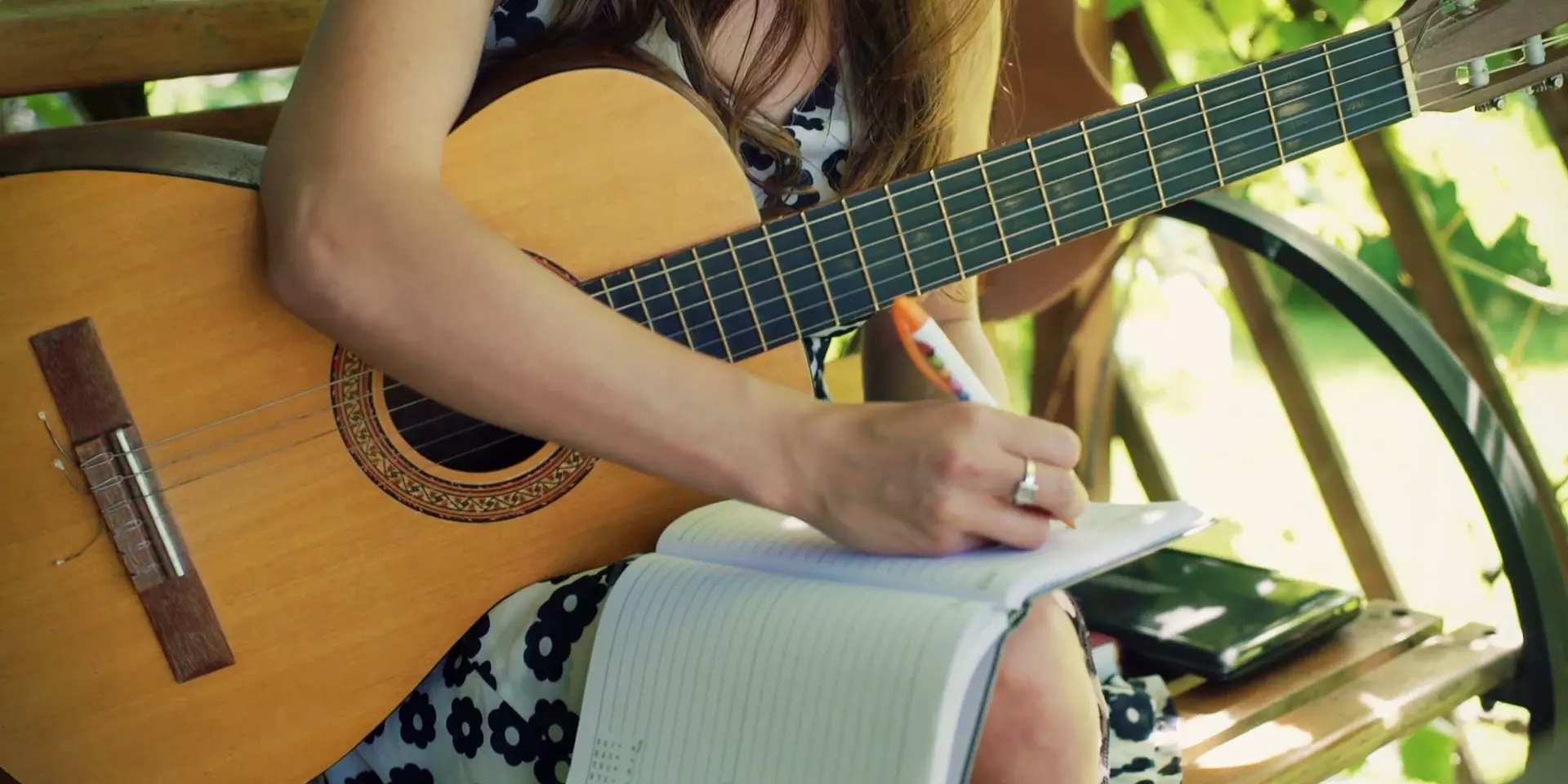Learning a Song in Half the Time - Part Two

In part one of this series (which can be found at www.long-mcquade.com/blog), a “Four Across Map” (FAM) was presented as an effective tool in learning the chord progression of any song in half the time. In this follow-up article, I’m presenting two more techniques that will also help.
FAM is derived from the Nashville Number System (NNS), which uses numbers rather than letters to represent the chords and the scale tone they’re built on, in “four across” rows. This allows a clear overview of the chord progression of the song. Using just numbers allows you to make one chart that can be played in any key. The FAM can be used by recreational musicians to do song charts using chord letters instead of numbers.
Google “Nashville Number System” and instead of using numbers, which requires you to transpose numbers into chord letters by memory, just use the chord letters of the song you’re mapping out in your FAM. This immediately gives you many of the benefits of the NNS, such as learning a song in half the time. This is the essence of the technique presented in part one of this article.
This article introduces two more techniques to add to FAM that will help you to learn songs quickly and effectively:
1. Make a rectangular template of the 6 primary chords: the 3 major chords and 3 minor chords that occur in any key. Arrange them first as numbers in the margins of your song page. Draw a rectangle around these 6 numbers to make it clear these are the six basic chords in that particular key. Organize the template 3 above and 3 below; this makes it easier to see your 3 primary chords and their relative minors at a glance.
Now make a rectangular chord chart the same size as the template and replace the numbers with the letters of the chords of the song you’re learning. If you have a 3-chord song you will fill in 3 positions on the song’s chord chart.
The following examples are in the key of C. A basic 3-chord song chart would look like this:
A 4-chord song using an Am would look like this:
If your song has a seventh chord, such as a C7 or G7, place it outside the rectangle above its plain letter. Seventh chords are often used but are not part of the 6 primary chords; therefore, they are placed outside the rectangle like this:
Substitutions of the minor chords such as A7 instead of Am, or D instead of Dm, or E7 instead of Em can go outside the rectangle below the positions of their corresponding minor chords:
If your song in the key of C goes to the flat 7, Bb, place it outside the rectangle to the left of the C chord like this:
When the chords for a song are placed in the correct positions, it allows you to see what chords are required and what function they perform. You begin to recognize recurring patterns within the song, thereby helping you to learn it more easily. This pattern recognition will generalize to all chord progressions from all songs, and if you’re a jammer it will generalize to the chord cycles and progressions you will encounter in that context as well.
2. An excellent technique for memorizing lyrics is to write out the words of the song you’re learning with the appropriate line breaks, stanzas, verses, chorus, bridge, etc. If you label each section, verse, chorus, bridge, pre-chorus, etc. in the margin, it will help you to understand the structure of the song. This helps you memorize it.
Frank Sinatra would write the lyrics he needed to commit to memory over and over on a yellow legal pad as he was flying from Palm Springs to Las Vegas on his private plane. John Lennon also used this technique as he listened to American rock ‘n roll songs on Radio Luxembourg, in his formative years. He said a song he wanted to learn would come on the radio and he would write as fast as he could to retain the words; what he didn’t get, he listened for the next night until he had the entire song. After writing out the song a few times you’ll have a greater command of the lyrics.
A Four Across Map of the chord progression in the margins of your lyric sheet makes it unnecessary to place chord symbols above the words where the changes occur, as a Four Across Map beside your lyrics is often enough—and quicker.
**
Tracey Newmann is a multi-instrumentalist, singer-songwriter and music teacher who specializes in accelerated learning techniques for adult beginners and recreational players.
He works at Long & McQuade in Calgary North.








